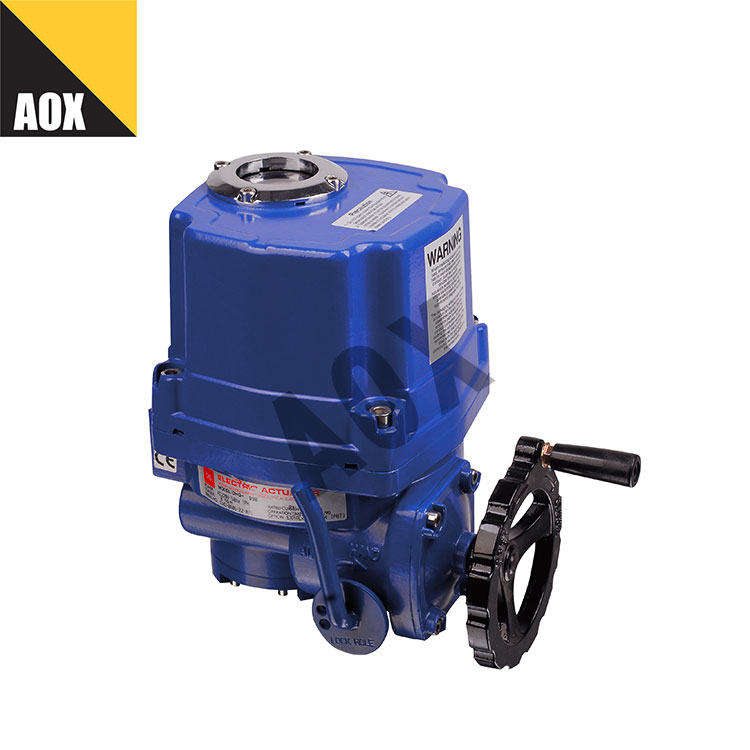What are pneumatic actuators used for?
2023-10-18
The principle behind pneumatic actuators is based on the conversion of compressed air or gas pressure into mechanical motion. Pneumatic actuators operate on the following principle:
1. Compressed Air Input: Pneumatic actuators require a supply of compressed air or gas to function. The compressed air is typically provided by a compressor or an air supply system. The air is compressed and stored in a reservoir or distributed through a network of pipes to the actuator.
2. Cylinder Design: The most common type of pneumatic actuator is the pneumatic cylinder, which consists of a cylindrical chamber, a piston, and a rod. The cylinder is sealed to create separate air chambers on either side of the piston.
3. Control Valves: Control valves are used to regulate the flow of compressed air into the actuator. These valves are operated manually or electronically and allow for precise control over the actuator's movement.
4. Air Pressure Differential: When compressed air is directed into one side of the pneumatic actuator, it creates a pressure differential across the piston. The higher pressure on one side of the piston pushes it, causing the rod to extend or retract, depending on the design and configuration of the actuator.
5. Linear or Rotary Motion: Depending on the design of the actuator, the mechanical motion generated can be linear or rotary. In a linear pneumatic actuator, the rod extends or retracts in a straight line. In a rotary pneumatic actuator, the motion is rotational, allowing for angular movement.
6. Feedback and Control: Some pneumatic actuators may include feedback mechanisms such as position sensors or limit switches to provide information about the actuator's position. This feedback allows for precise control and positioning of the actuator in automated systems.
7. Exhaust of Air: To retract the actuator or move it in the opposite direction, the supply of compressed air is redirected or released from one side of the piston, allowing the pressure to equalize. This allows the actuator to return to its original position or move in the desired direction.
The simplicity, reliability, and cost-effectiveness of pneumatic actuators make them popular in various applications. They are capable of generating high forces, operate at high speeds, and are well-suited for applications that require rapid and precise motion control.



